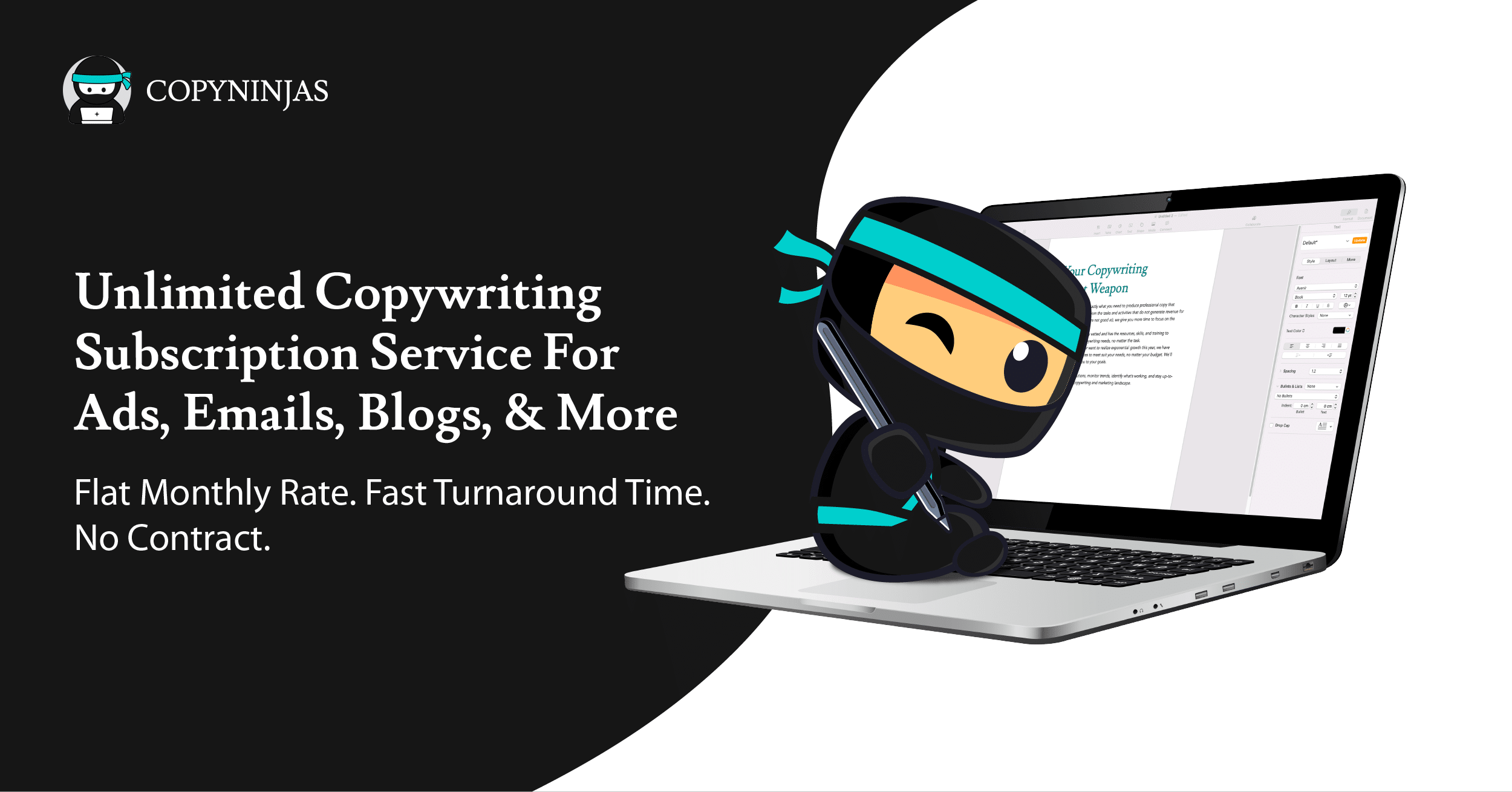Direct Response Copywriting is a cornerstone of effective marketing. Strategies about triggers, psychological tactics, and the art of persuasion are something great copywriters know like the back of their hand.
But there’s one element that’s often overlooked yet incredibly powerful: empathy.
According to recent studies, a staggering 85% of consumers are more likely to purchase when they feel a brand understands them. Empathy does more than just resonate; it builds trust and fosters genuine connections.
In this post, we’ll explore the undeniable importance of empathy in copywriting, showcasing real-world examples and offering practical tips. Dive in to learn how to make your copy informative, deeply relatable, and more powerful than ever.
Why Empathy Matters
Marketers often rely on statistics and research when creating content for an audience they know very little about. This is precisely why a copywriter’s job is to use words that create connections between brands and people.
This is what empathy is – it’s understanding and sharing the feelings of another. In the context of copywriting, it refers to your ability to step into the shoes of your target audience, feeling their pain points, understanding their desires, and genuinely wanting to help them.
Writing with empathy is an art, a skill, and it’s essential for crafting a message that resonates with the reader and speaks to their needs. Your copy instantly becomes more authentic, relatable, and impactful.
Benefits of Empathetic Copywriting:
- Genuine Connections: Empathy fosters a bond that goes beyond the sale, creating loyalty with the audience.
- Increased Trust: Readers who feel understood are more likely to trust the brand and its message.
- Higher Engagement: Empathetic content resonates, leading to increased reader engagement and interaction.
- Positive Brand Image: Standing out from the competition and building a strong brand image becomes easier. In fact, data shows that about 81% of consumers find trust in a brand to be one of the most influential factors in purchase decisions.
Empathy in Action
Now, how do you take copy that just skims the surface to one that speaks directly to your target audience’s heart?
Consider these two headlines:
“Lose 10 Pounds in Just 30 Days!”
“Tired of Feeling Invisible? Rediscover Your Confidence and Shine!”
The first headline, while promising a tangible result, is a common approach seen in countless weight loss campaigns. It’s straightforward and speaks to a clear benefit. However, the second headline goes in deeper. It addresses the desire to lose weight while touching on the emotional journey this experience brings.
Let’s take Dove’s Real Beauty marketing campaign as an example. Dove, a renowned skincare brand, shifted its marketing strategy years ago to focus on real beauty and self-esteem. Instead of promoting smoother skin or longer-lasting deodorant, they launched campaigns like “Real Beauty Sketches.”
In this campaign, Dove had an FBI-trained sketch artist draw women first based on their own descriptions and then based on a stranger’s description. The result? The sketches based on strangers’ descriptions were more flattering and accurate. This wasn’t just about promoting a product; it was about addressing the deeper issue of self-perception and societal standards of beauty.
Such campaigns resonate because they don’t just sell your product; they tell a story, evoke emotions, and address deeper human experiences. That’s the power of empathy in direct response copywriting. It’s not just about what the product does but how it makes the consumer feel and the transformative journey it promises.
Color yourself convinced? Here’s how you can infuse empathy into your copywriting:
Four Tips for Writing with Empathy
- Research Your Audience: Spend time understanding your target audience. Conduct surveys, read reviews, and engage in conversations to grasp their needs and desires truly.
- Tell Stories: Sharing personal stories or testimonials can create an emotional connection with the reader. It shows them that others have been in their shoes and found a solution.
- Avoid Overhyping: While it’s essential to highlight the benefits of your product or service, avoid making exaggerated claims. Be genuine and honest in your approach.
- Listen and Adapt: Pay attention to feedback. If your audience feels misunderstood or that your copy is insincere, take the time to adjust and refine.
Our Final Thoughts
It’s easy to get caught up in the mechanics of persuasion, urgency, and the promise of benefits. But here’s the bottom line – empathy in direct response copywriting is non-negotiable.
It helps your business, whether startups, agencies, or e-commerce brands, connect with your target audience, building trust, loyalty, and understanding.
Need help injecting empathy into your marketing efforts? Let the Copy Ninjas help you craft messages that resonate, inspire, and ultimately convert. Reach out to us today!









